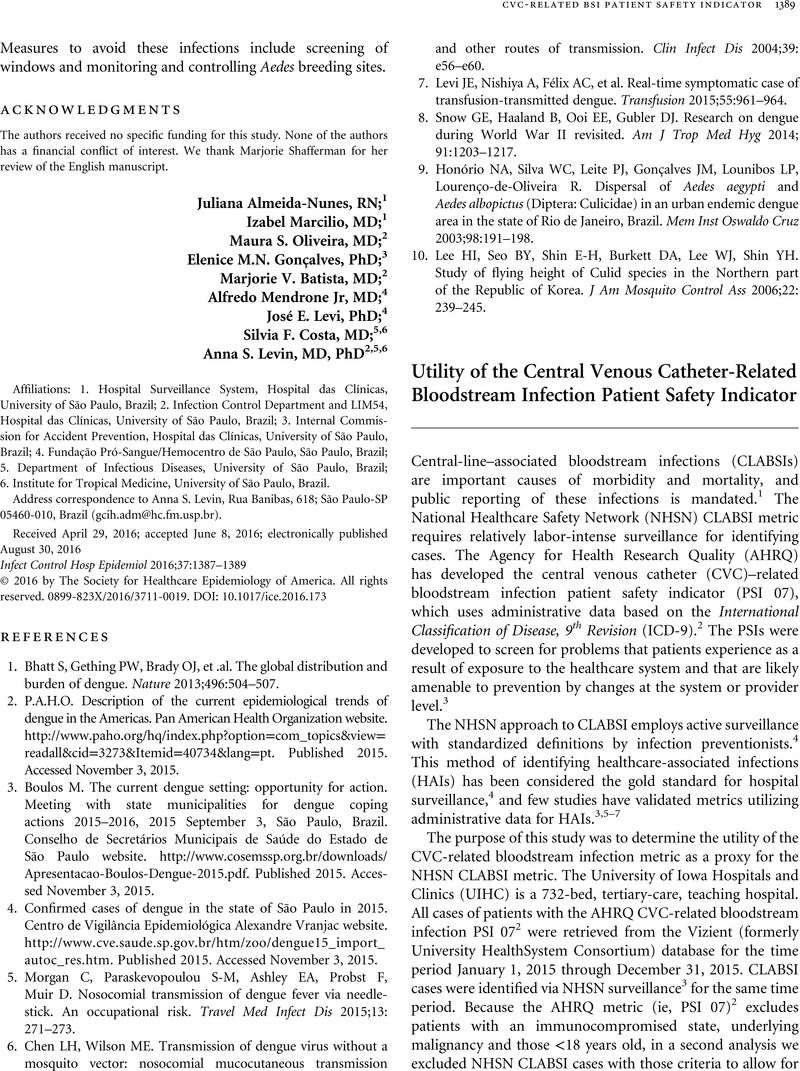Crossref Citations
This article has been cited by the following publications. This list is generated based on data provided by Crossref.
Marra, Alexandre R.
Alkatheri, Mufareh
and
Edmond, Michael B.
2017.
Catheter-Associated Urinary Tract Infection: Utility of the ICD-10 Metric as a Surrogate for the National Healthcare Safety Network (NHSN) Surveillance Metric.
Infection Control & Hospital Epidemiology,
Vol. 38,
Issue. 4,
p.
506.



